How to cycle faster: Top tips to increase your speed on a bike
Marginal and maximal gains to help you cycle faster, no matter your current level
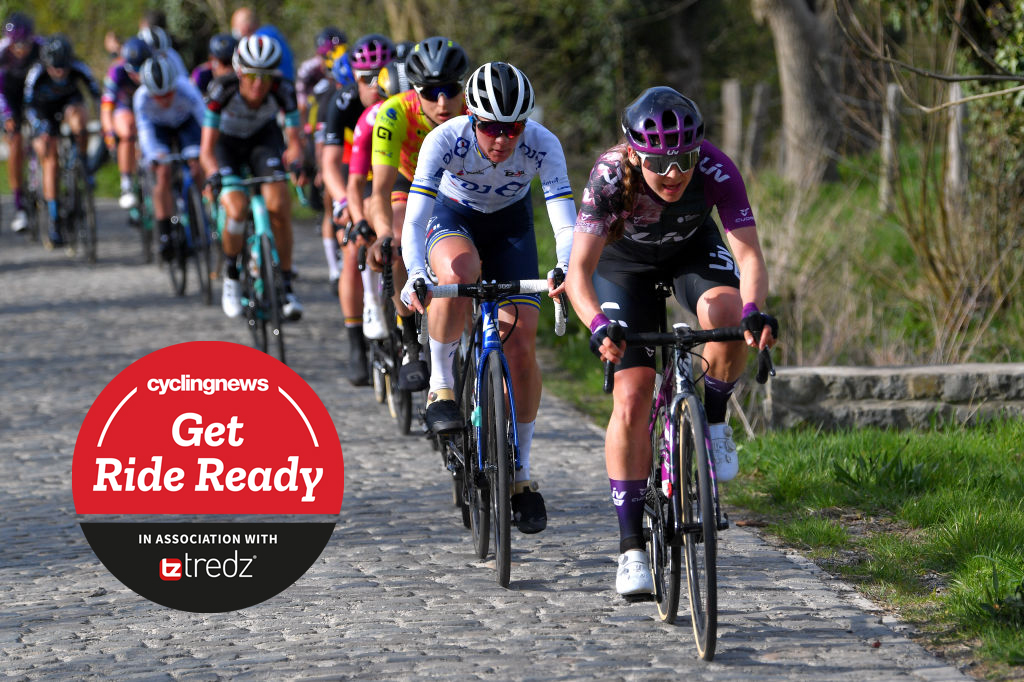
No matter if you're a beginner or an experienced cyclist, you'll have undoubtedly wondered how to cycle faster. It's only natural to wonder about things such as average and maximum speed while cycling. For many, more speed equals more fun, but even if you're not an adrenaline junkie, faster speeds mean greater distances or arriving at your destination sooner.
Whether you want to beat your friends in a town sign sprint, take on the local time trial scene, put your name at the top of the local Strava segment leaderboards, or simply want to commute to work more quickly, there are plenty of reasons why cyclists chase increased speed.
In the guide below, we've outlined a collection of tips to help you cycle faster. Some of them are easy while some are more difficult, and some are free while others come at a cost.
The most expensive doesn't necessarily provide the biggest benefits, and the thing that will make the greatest difference will ultimately depend on your current situation. Are you well-trained but your equipment letting you down? Or is your equipment dialled, but your fitness lacking? Or are you looking to eke out marginal gains from both sides of the coin?
Factors that affect cycling speed
In order to understand how to cycle faster, we need to understand what factors are holding us back.
When you cycle, the more power you can put through the pedals, the faster you'll go. However, various factors work in opposition, such as aerodynamic drag, rolling resistance, gravity, drivetrain friction and more.
- Power is measured in watts and can be measured in realtime using a power meter.
- Aerodynamic drag is measured in CdA, which stands for Coefficient of Drag x Area, and is representative of how easily a rider can slice through the wind.
- Rolling resistance is measured in Crr (Coefficient of rolling resistance) and is representative of the friction between the bike's tyres and the road - the lower the resistance, the better.
- We're all familiar with gravity, it matters most when riding uphill, and it is here that a rider's power to weight ratio makes the most difference.
- Finally, an inefficient drivetrain will ultimately squander some of the power that you're putting through your pedals before it makes it to the rear wheel.
Now that we have a basic overview of the factors that affect your cycling speed, we can target each individually and ultimately make you cycle faster.
Get The Leadout Newsletter
The latest race content, interviews, features, reviews and expert buying guides, direct to your inbox!
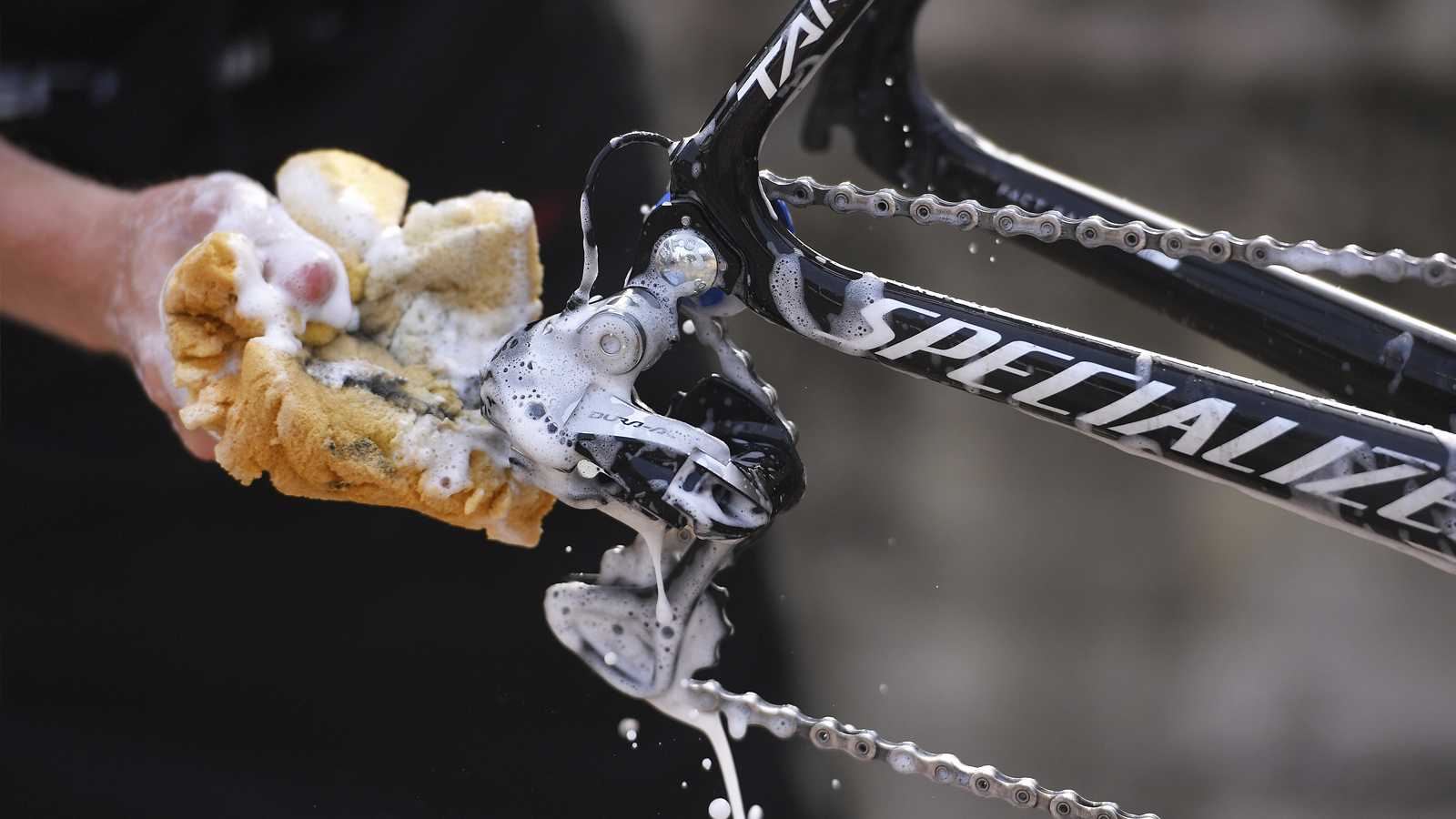
1. Clean and maintain your bike
Firstly, one of the most important things is starting with a clean and well-maintained bike - they don't say 'a clean bike is a fast bike' for nothing.
By cleaning and lubricating your drivetrain, its efficiency will increase, which will ultimately make you faster. If left uncleaned, any dust, dirt and rust that you leave on your drivetrain will cause an increase in friction, which in turn, will mean less of the power you put through the pedals will be converted into momentum.
Likewise, if you don't maintain your bike with regular service intervals, bearings may seize, which will have the same effect of reduced efficiency.
Moreover, keeping your tyres inflated to the proper pressure will reduce your rolling resistance and optimise the level of friction between your tyres and the road.
2. Training
- How to get fit fast: Time-crunched cycling training tips
- How to train for a sportive
- Cycling sprint training
- How to train like a pro cyclist
- Polarised training in cycling: How riding slower can make you race faster
- Time trial position: Should you train it, and how?
- Understanding FTP: How to perform your own test indoors
- Cycling strength training: Your ultimate guide
3. Upgrade your bike and kit
Nearly every aftermarket component is designed with an eye to making your bike lighter or more aerodynamic with the view to going faster. Some upgrades will bring bigger gains than others, and it's not always the biggest expenditure that will reap the most reward.
The area for maximum opportunity will depend on your current setup. If you're currently riding a mountain bike with knobbly tyres on the road while wearing an aero speedsuit, then the bike would be the first thing we'd look at upgrading for increased speed. However, if you're on a road bike but wearing jeans and a hoodie, then clothing would be our first upgrade.
Carbon wheels
If you're running aluminium wheels on your bike, then the switch to carbon is one that will undoubtedly have crossed your mind. While exceptions do exist, carbon wheels are typically lighter in weight, and can be shaped to deeper profiles, which better manage airflow and reduce aerodynamic drag.
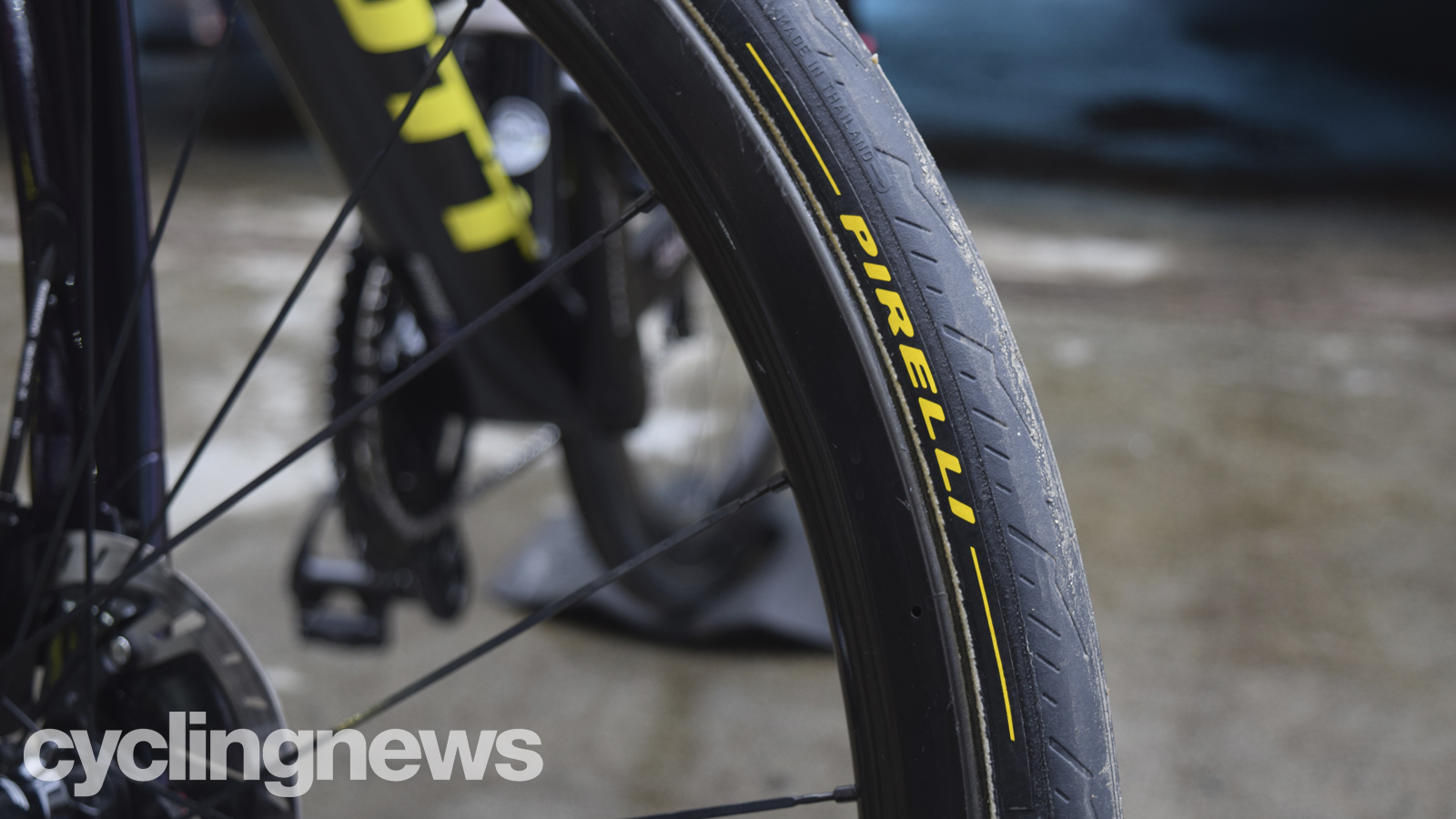
Tyres, tubeless or latex tubes
Over recent years, road bike wheels have widened, for this enables wider tyres, which can be run at lower pressures, which in turn means a decrease in rolling resistance (which means more speed) and better grip. Concurrently, tyre technology is getting better with each iteration, which further decreases rolling resistance.
For an optimum setup on your road bike, latex inner tubes promise the best combination of weight and rolling resistance, with an easy setup.
Alternatively, tubeless tyres remove the need for an inner tube altogether, meaning it's possible to run even lower pressures without risking pinch flats. Not only can the best tubeless road tyres offer industry-leading rolling resistance claims, but putting a small amount of tyre sealant into your tyre means that should you find yourself puncturing mid-ride, it will self-seal, bringing your average speed up even further as you don't need to stop at the side of the road making repairs.
Clothing
Depending on your current clothing choices, there could be some serious gains by switching to skintight 'aero' clothing. The rider makes up more than 70% of the total frontal area, so it's here that the most gains can be found when it comes to optimising your CdA. One of the fastest options is an all-in-one race suit, but some of the best cycling jerseys are designed with aerodynamics in mind.
Aero helmet
An aero helmet is designed to offer the same levels of protection as other helmets, but instead of large open vents for airflow, they are designed to reduce your drag.
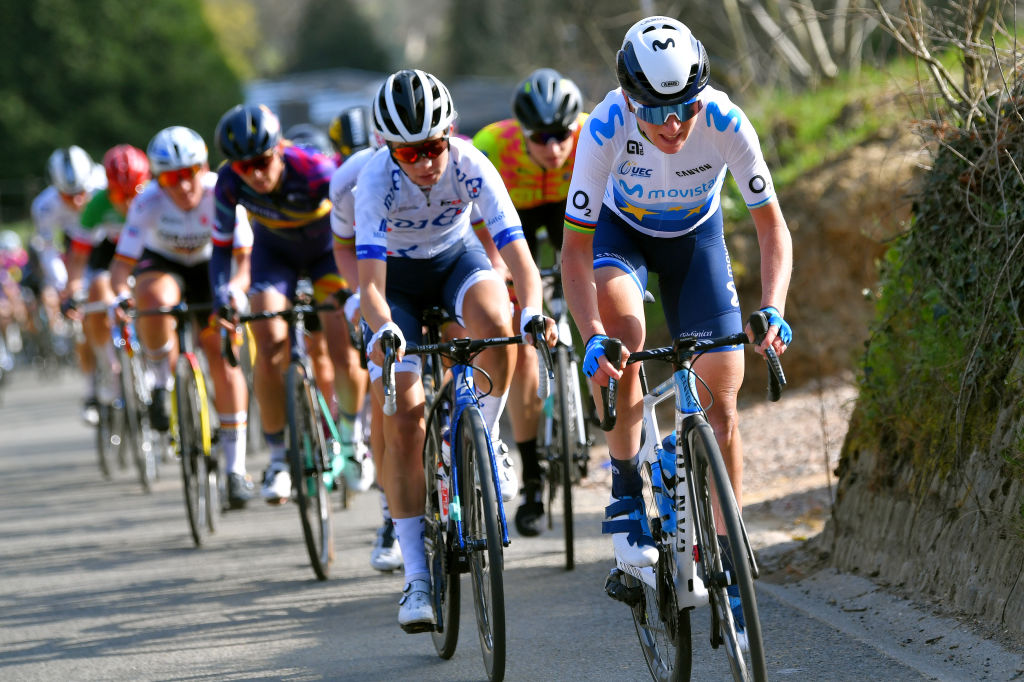
4. Ride with others
In a study examining the effect of drafting in cyclists, Dr. Bert Blocken found that riding behind a single other rider could reduce drag by 27% and riding behind multiple riders was worth up to 35%. Other studies have found even greater gains, but the principle remains the same. Being able to ride at the same speed for 35% less power will mean you can rotate in a paceline, working together to increase the group's average speed.
5. Get an eBike
If you're looking to cycle faster, an electric bike is a real quick win with no real downsides. Tackle climbs more quickly, maintain higher average speeds and ultimately travel further distances in less time for less effort. Most electric bikes offer a minimum of 250 watts of assistance and can cover anything from 50 to 150km of distance per charge depending on the battery size.
6. Work on skills
Depending on the type of surfaces you're covering on your bike, it might not simply be about power to weight or power to CdA. If you're looking to go faster on a mountain bike, for example, then bike handling could play a much greater role than for those on a road bike. Rather than simply working on pushing the pedals as hard as you can, practice your skills such as hopping over obstacles and taking corners at speed and you'll carry much more speed over the course of your ride.
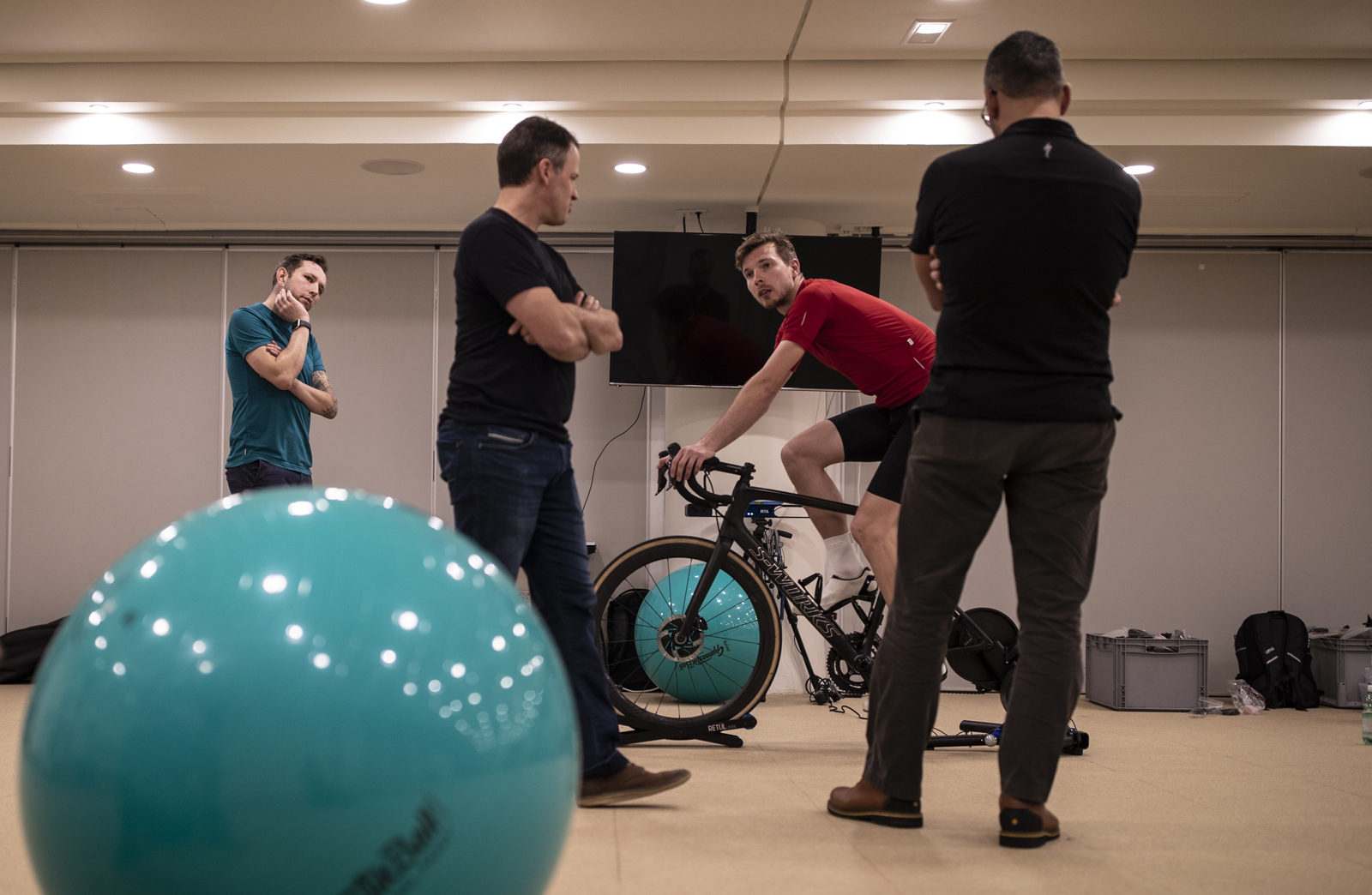
7. Bike fit
A comfortable rider will inevitably be able to ride for longer, so if you find yourself slowing due to acute pain, then a simple bike fit should help put you into a better position that will enable you to ride harder for longer. Furthermore, for those seeking maximum aerodynamic gains, an aero-optimised bike fit - usually conducted in a wind tunnel - will consider your power output and aerodynamics to find a position that balances the two for maximum speed.
8. Diet
Diet is largely intertwined with the training overviewed above. The fundamental concept of training is that stress plus recovery equals adaptation, and it's during the recovery phase that our body responds (adapts) to the training (stress) that we're putting it through. Diet plays into this in various ways. By fuelling your workouts you will be able to train harder, and then by fuelling your recovery adequately, you'll recover more quickly. Check out our in-depth guide to cycling nutrition for the full rundown.
9. Shave your legs
Last, but by no means least, if you want a quick, free and easy way to go faster on the bike, shave your legs. It's no coincidence that all professional road cyclists shave their legs, it's faster. With the launch of their own wind tunnel, Specialized answered the hard-hitting question of 'does shaving your legs make you faster' and proved that it can save you a whopping 70 seconds in a 40km time trial.

Josh is Associate Editor of Cyclingnews – leading our content on the best bikes, kit and the latest breaking tech stories from the pro peloton. He has been with us since the summer of 2019 and throughout that time he's covered everything from buyer's guides and deals to the latest tech news and reviews.
On the bike, Josh has been riding and racing for over 15 years. He started out racing cross country in his teens back when 26-inch wheels and triple chainsets were still mainstream, but he found favour in road racing in his early 20s, racing at a local and national level for Somerset-based Team Tor 2000. These days he rides indoors for convenience and fitness, and outdoors for fun on road, gravel, 'cross and cross-country bikes, the latter usually with his two dogs in tow.
